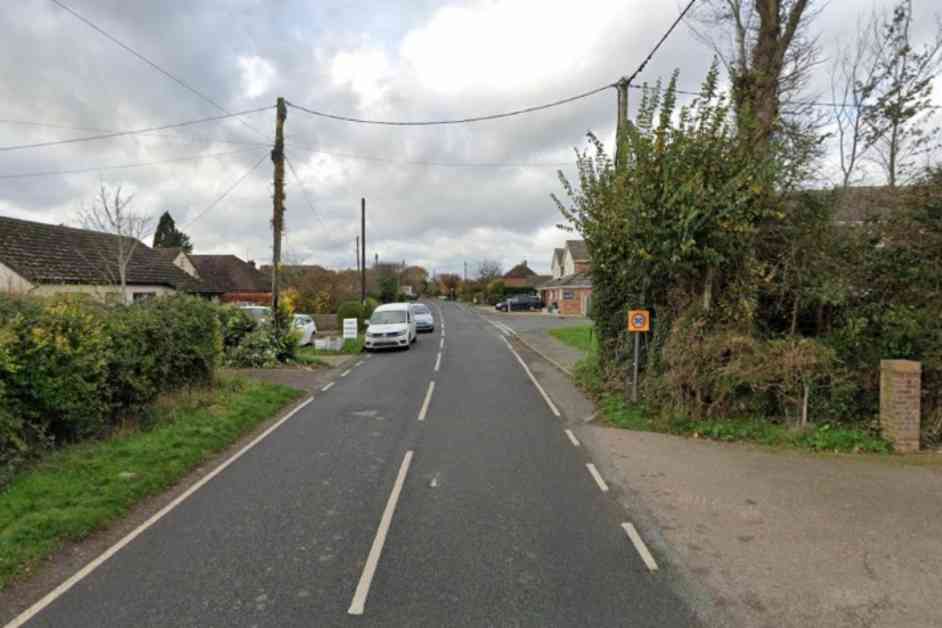Archaeological Potential of Proposed Housing Development Site
A housebuilder, Seven Developments LTD, has submitted plans to construct four detached homes with garage space in Colchester on a site with significant archaeological potential. The proposed location is east of The Ridings, Malting Green Road, Layer De La Haye. This development has raised concerns among archaeologists due to the historical significance of the area.
The company’s plans include demolishing a stable building that currently occupies the site. The proximity of the proposed development to several Grade II listed buildings, such as the Great House Farmhouse and Gaye Cottage, both dating back to the 16th and 17th centuries respectively, highlights the rich historical heritage of the area. Additionally, the surrounding Layer Heath contains ancient field boundaries, further underscoring the archaeological importance of the site.
Archaeological Evaluation and Proposed Dig
In light of the archaeological potential of the site, Seven Developments LTD submitted a “written scheme of investigation for an archaeological evaluation” along with their planning application to Colchester Council. The proposal includes a 5 per cent sample trial-trenched evaluation to assess the presence of any archaeological remains on the land.
Specifically, the plan involves excavating four T-shaped trial-trenches and four linear trenches covering a 5 per cent sample of the site. The dimensions of the trenches have been carefully calculated to ensure comprehensive coverage of the area. The proposed archaeological work aims to provide valuable insights into the historical significance of the site and preserve any potential findings for future generations.
Importance of Archaeological Preservation
The potential archaeological discoveries at the proposed housing development site in Colchester underscore the importance of preserving our heritage. Archaeological excavations not only uncover valuable historical artifacts but also contribute to our understanding of past civilizations and cultures. By conducting thorough investigations before construction begins, developers can ensure the protection of archaeological remains and promote a deeper appreciation for our shared history.
The archaeological evaluation proposed for the site east of The Ridings, Malting Green Road, Layer De La Haye, represents a proactive approach to balancing development with heritage preservation. Through careful planning and collaboration between developers, archaeologists, and local authorities, it is possible to create sustainable communities that respect and celebrate our cultural heritage.
Community Engagement and Decision-Making Process
As the planning application for the proposed housing development awaits a decision from Colchester Council, community engagement and input play a crucial role in shaping the future of the site. Local residents, historians, and archaeologists have a vested interest in ensuring that any construction activities are conducted responsibly and with due regard for the historical significance of the area.
Public consultation and transparency in the decision-making process are essential to address concerns and gather feedback from stakeholders. By fostering open dialogue and collaboration, developers can demonstrate their commitment to preserving heritage sites and integrating archaeological considerations into their plans. Ultimately, a well-informed and inclusive approach to development can lead to sustainable outcomes that benefit both the community and the environment.
In conclusion, the proposed housing development on a site with archaeological potential in Colchester highlights the delicate balance between progress and heritage preservation. By prioritizing archaeological evaluations, engaging with the community, and promoting responsible development practices, developers can create thriving communities that honor our shared history. As the decision on the planning application awaits, it is imperative to recognize the value of our cultural heritage and work together to safeguard it for future generations.













